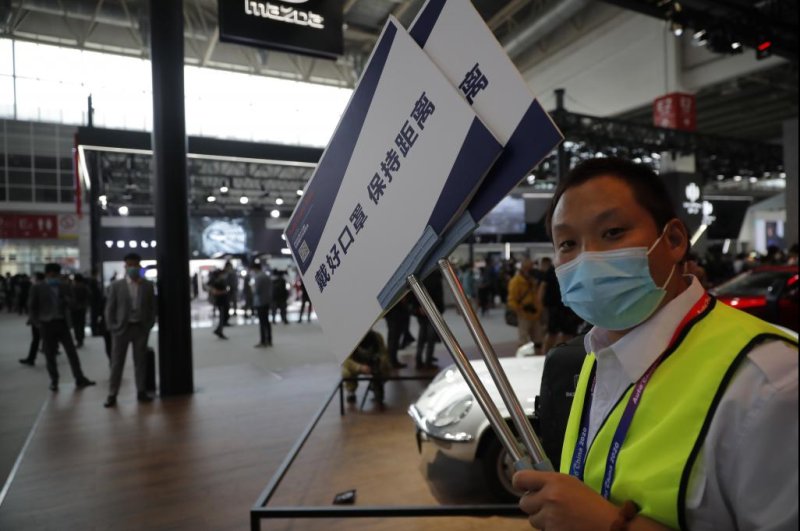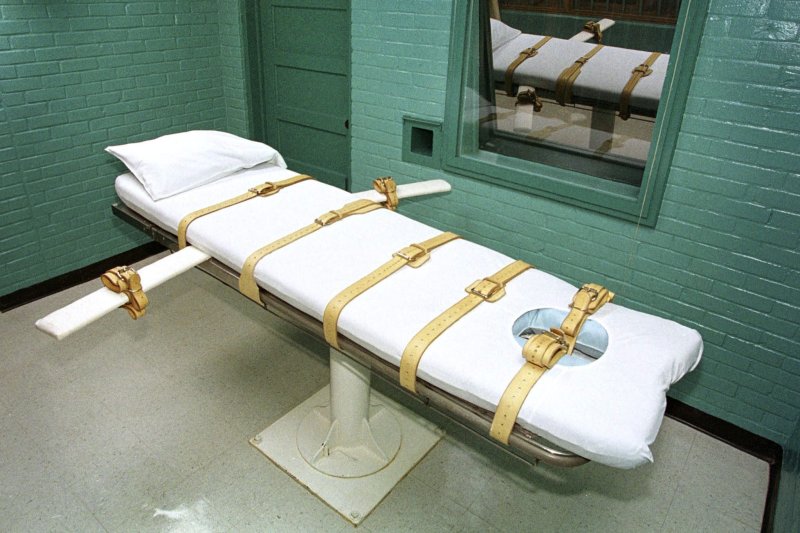
A new study found that American consumption of sugary drinks is declining. Photo by Nica444/Pixabay
Sept. 24 (UPI) -- Consumption of sugar-sweetened beverages in the United States declined significantly between 2003 and 2016, according to a report published Thursday by the Journal of the Academy of Nutrition and Dietetics.
The percentage of American children who were "heavy consumers" of the drinks, including sodas and chocolate milk, declined to 3% from 11% over the 14-year period, the data showed.
For adults, the percentage dropped to 9% from 13% over the same period.
"Heavy consumers" were defined as those who drank more than 500 calories of sugar-sweetened beverages -- about 3 1/2 cans of soda -- daily.
RELATED Study: Diabetes drug metformin may protect the aging brain
"We found that the percentage of children and adults in the U.S. who are heavy sugar-sweetened beverage drinkers has declined significantly over time," study co-author Kelsey Vercammen told UPI.
"This is promising because we know that excessive sugar-sweetened beverage consumption is related to poor health," said Vercammen, a doctoral student in the Department of Epidemiology at Harvard T.H. Chan School of Public Health.
Sugar-sweetened beverages are leading sources of added sugars in the American diet, according to the U.S. Centers for Disease Control and Prevention.
RELATED Rising obesity levels put Americans at risk during pandemic: CDC
Heavy consumption has been linked with weight gain and obesity, type 2 diabetes, heart disease, kidney diseases, non-alcoholic liver disease, tooth decay and cavities and gout, the agency said.
These beverages are widely consumed in the United States, with about 60% of children and 50% of adults drinking at least one during a typical day, Vercammen and her colleagues said.
For their analysis, the researchers analyzed data on sugar-sweetened beverage consumption for more than 20,000 children and 30,000 adults from the National Health Examination and Nutrition Survey.
RELATED Vitamin D deficiency increases COVID-19 risk by more than 50%
Although they noted declines in consumption overall, the percentage of heavy sugar-sweetened beverage drinkers increased slightly among people age 60 and older -- though it remains relatively low -- and little change was observed in consumption among adults aged 40 to 59 years.
"There have also been a number of public health campaigns about the health harms of sugar-sweetened beverages and greater awareness about the health harms of [these drinks] seems to be shifting public preference," Vercammen said.
In addition, "a number of cities and counties have imposed beverage taxes, while others have passed healthy beverage ordinances, which require restaurants to offer only healthy beverages with children's meals instead of sugar-sweetened beverages," she said.
upi.com/7041062









